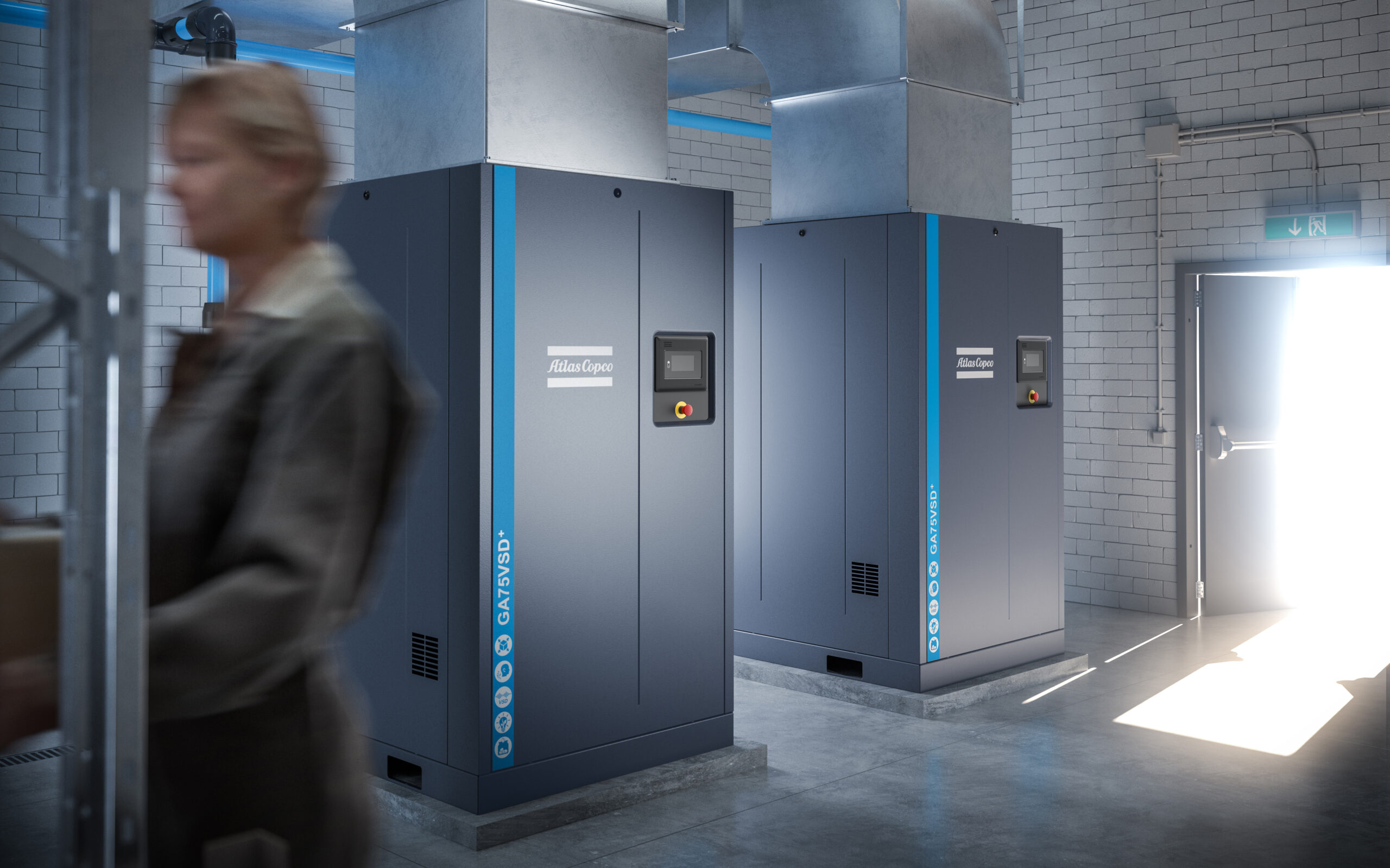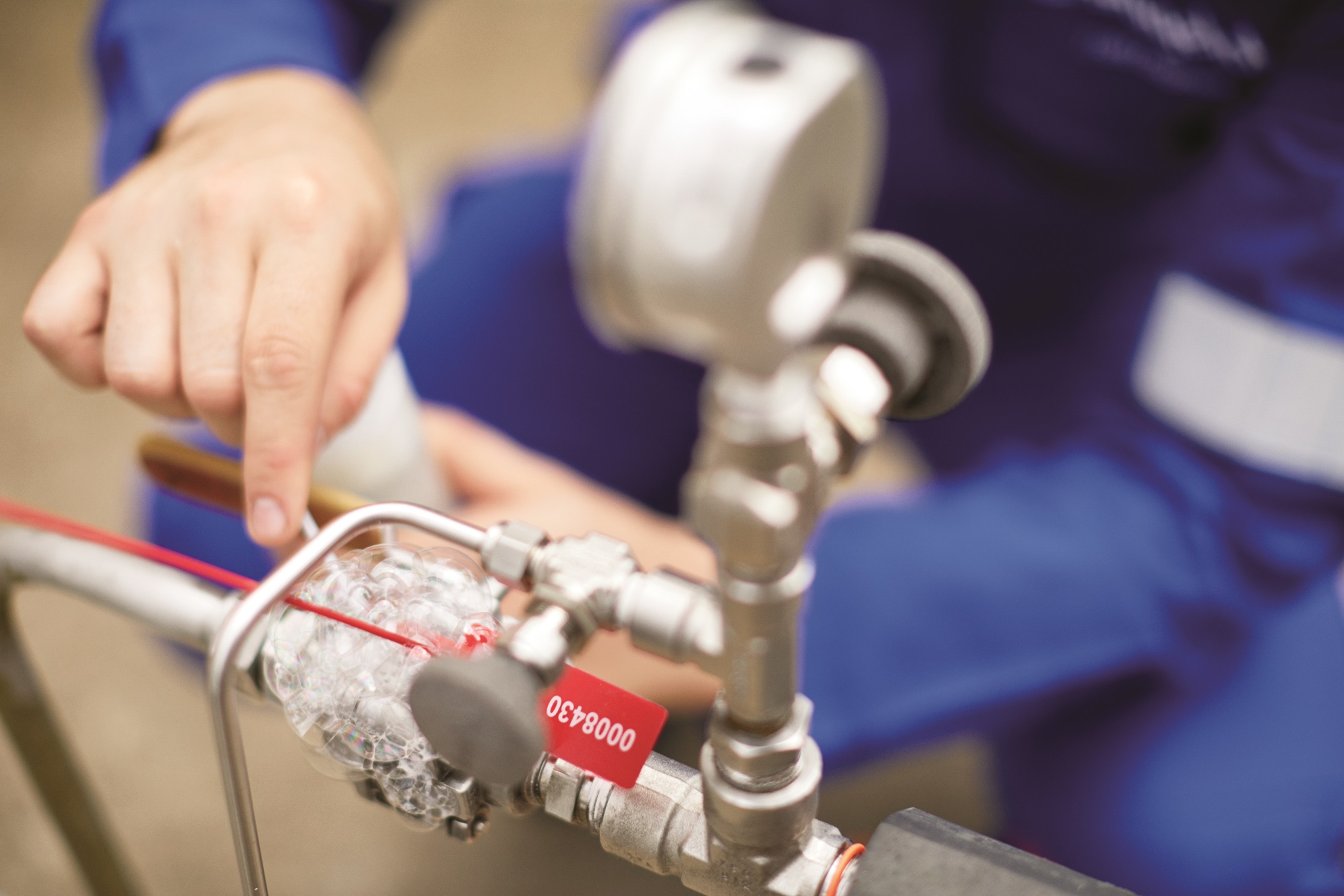“The manufacturing segment of the value chain is undergoing a renaissance because digitalization makes it much more strategic to a company’s performance than ever before.”
As manufacturing’s move into the Fourth Revolution and matures, the concept of the digital factory has matured with it. In his role as president of Siemens’ Digital Factory (DF) division, Raj Batra is responsible for overseeing all development, marketing, sales, R&D, vertical industry, and manufacturing aspects for DF in the United States. Joining Siemens in 1993, Batra has held a variety of high-level management, strategy and sales positions throughout the organization. In addition to his responsibilities at Siemens, Batra is a member of the Board of Governors of the National Electrical Manufacturers Association (NEMA), a member of the Executive Committee and Board of Trustees of the Manufacturers Alliance for Productivity and Innovation (MAPI), and a member of the Board of Directors of PI-North America.
CFE Media discussed the current state of manufacturing as it evolves in a digital world, and how the current global debate about manufacturing may affect that future.
CFE Media: At the Manufacturing in America summit in Detroit in March, you said, “Manufacturing is being used as a competitive weapon in America. It’s going to drive growth and accelerate modernization. We have to be ready for that.” How ready are we, and why aren’t we more ready?
Batra: For too many years, we have treated manufacturing as a black box. As a process or activity that just has to get done. Without exaggerating too much, the feeling has been, it doesn’t really matter where it happens, or how it happens, as long as the costs go down and productivity goes up.
Of course, that was never a great strategy. And in the age of hyper-connected and vocal consumers who are active on Facebook and Twitter, you definitely don’t want to be the company that outsourced production to the lowest bidder. People want the latest product, produced at the highest quality, in some cases customized just for them, at a reasonable price. And, by the way, they want it now.
Many are now viewing the manufacturing process itself as a critical element of their long-term strategy. Increasingly, that process involves digitalization. The maturity model varies by industry and by company. What’s clear is that the benefits of digitalization can be applied to companies of all sizes.
Some are more ready to digitalize than others, but everyone starts the digital journey from a different point. Regardless of the start, there needs to be some basic building blocks such as automation, networking, data analytics, and connectivity. Often, modernizing this base level is step number one, and this leads to the discussion about how best to digitalize.
Part of going digital and driving digital transformation is cultural. You have to get your people on-board and that means the entire organization. We shouldn’t underestimate the importance of the people aspect in digital enablement, and it’s the people who have the vision to make it happen.
This vision is critical. Even though it may not be a “rip and replace” and modernize overnight scenario, it’s the fact that they know where they want to go, how they want to produce product and how efficiently they can do it. Change is stressful, but companies will look to best-in-class principles to chart their digital path including partners who can help them succeed.
CFE Media: What do you see that could make that manufacturing weapon backfire? Where are our pain points?
Batra: Knowing that there is always a company out there that will find a better way to do things should be enough motivation for all. We are at a good starting point, and examples of digital disruption in industry, and society as a whole, can be found everywhere. I don’t think the digital transformation of industry will backfire. If the end goal is well thought out, and if it’s staged and scalable, the benefits are numerous:
- First, time to market. Product complexity has more than doubled in the last 15 years. Product lifecycles have shortened by about 25%. And no one is immune. All manufacturers need to get new products out faster. What is the difference between a successful startup and one that you’ve never hear about? It’s scalability. Great ideas are a dime a dozen. The key is to scale them and get them to market quickly.
- Manufacturers also need to enhance flexibility. Consumers want infinite variations on the things that they buy. Think about your last vehicle purchase. Car makers must be able to respond to changes immediately and offer variety and functionality tailored not only to the regional market but also increasingly individualized to customer requirements.
- Quality is critical. It is becoming more and more important that each product has a genealogy—it carries with it information about exactly what happened during production as well as detailed information about ingredients and components contained in the product itself.
- Efficiency. Energy prices and other commodity prices are rising. Sustainable production is becoming more and more mainstream. Efficiency is critical.
- Security must be built in. The digital transformation means the physical and virtual worlds are integrated through new technologies like the digital twin, data analytics, 3-D printing, and artificial intelligence. Today, that data is more relevant than ever, and we need to secure this data and the infrastructure that creates it.
- Finally, the digital transformation is helping companies discover and monetize new business models. That might mean delivering new value-added services for the fleet of products forming your installed base. Or it might mean creating entirely new revenue streams for your company. Regardless of the extent of the change, there is no doubt that transforming your manufacturing operations with advanced automation and digitalization will yield rapid benefits for your company. And those benefits will only increase over time.
CFE Media: Siemens is a global company. Much of the global political discussion right now is around borders and national agreements. Is manufacturing still a global enterprise, and how does it overcome the nationalism that is impacting it?
Batra: The key to success for anyone involved in manufacturing today is getting the right product to customers quickly. Manufacturers have long embraced global platforms and global standards because it makes them more efficient, more competitive, and more profitable.
The next and natural step is to embrace digitalization so that your entire value chain is based on one data store. That means having a digital copy of the product, the production process, and the performance so that product and production can be optimized together.
CFE Media: Technology certainly is reaching past borders to link plants and supply chains as never before. How can technology drive a faster, leaner, and more dynamic manufacturing plant?
Batra: The only way to advance is through technology. Mass customization requires it. You can’t do it the classic, old way. Look at the example of Adidas. They, like so many consumer brands that we all love, are under incredible pressure. They already make hundreds of millions of pairs of shoes every year and demand is rising. What’s more, people want new styles immediately. It’s not an easy task for any company.
In the past, even a world class company like Adidas needed about 18 months to go from the first sketch of a completely new model, to prototypes, ordering materials, retooling a factory, and shipping the finished goods to stores. But in less than a year, nobody wants that new model any more.
That’s why Adidas wanted to shorten its supply chain and get to market faster. How? By fully embracing the digital twin model. A "digital twin" of the SPEEDFACTORY will allow the entire production process to be simulated, tested, and optimized up front.
Siemens will supply the simulation and automation solutions that will make this personalized production possible. The concept is based on the complete simulation of products before a single seam is sewn. It relies on an automated production line that makes it possible to shift production to wherever the brand’s consumers are found.
This example shows how scalable digitalization can be. Factories are going to be smaller and highly targeted to the market they serve. It’s fitting that the race to become the pre-eminent athletic shoe company isn’t about bulk or size, it’s about speed and flexibility.
CFE Media: We’ve seen a rise in data, robotics, and artificial intelligence in the past few years, and it all seems to be converging to a point. What’s the next thing on the horizon?
Batra: For me, the most exciting thing on the horizon is seeing how manufacturers are moving forward with digitalization. Whether you’re making athletic shoes, automobiles, or aircraft carriers, embracing the digital twin is changing the way you work. Siemens had the foresight a decade ago to see this, and built the industry benchmark—the most comprehensive portfolio across the entire digital enterprise.
We are going to see some big winners and some big losers when it comes to embracing digital technologies in industry and manufacturing. Early adopters gain a critical first-mover advantage. In the U.S., there are still many examples of outdated plants and equipment from the 1980s. But more and more, we’re seeing companies embrace digitalization, invest in new technologies, and build new business models. They realize that it’s the only way to stay competitive and it’s key differentiator when it comes to attracting scarce skilled talent. We are seeing a new breed of leadership that will drive this digital transformation.
CFE Media: Manufacturing has been written off for dead a few times in the first two decades of the 21st century. What’s changed, and what does the future look like?
Batra: To be sure, the number of people involved in manufacturing has declined somewhat since the Great Recession of 2008 and 2009 from 13.7 million in December 2007 to about 11.5 million in March 2010. But the good news is, manufacturing has rebounded, output has increased since the trough of the recession, and today has an unemployment rate even lower than the national average. In fact, finding skilled talent is cited regularly by manufacturers as a key business challenge.
Manufacturing will always be critical to the U.S. economy, even as it represents a smaller share of our GDP. But this is true of all developed economies. Looking at the top eight most developed economies—the U.S., Germany, Japan, South Korea, France, the U.K., Italy, and Mexico. U.S. manufacturing output as a share of this group’s total output has risen from 33% in 1997 to 36% in 2015. China’s manufacturing output has increased substantially, of course, but much less at the expense of the U.S. than compared to other developed economies.
At the end of the day, the manufacturing segment of the value chain is undergoing a renaissance because digitalization makes it much more strategic to a company’s performance than ever before.



